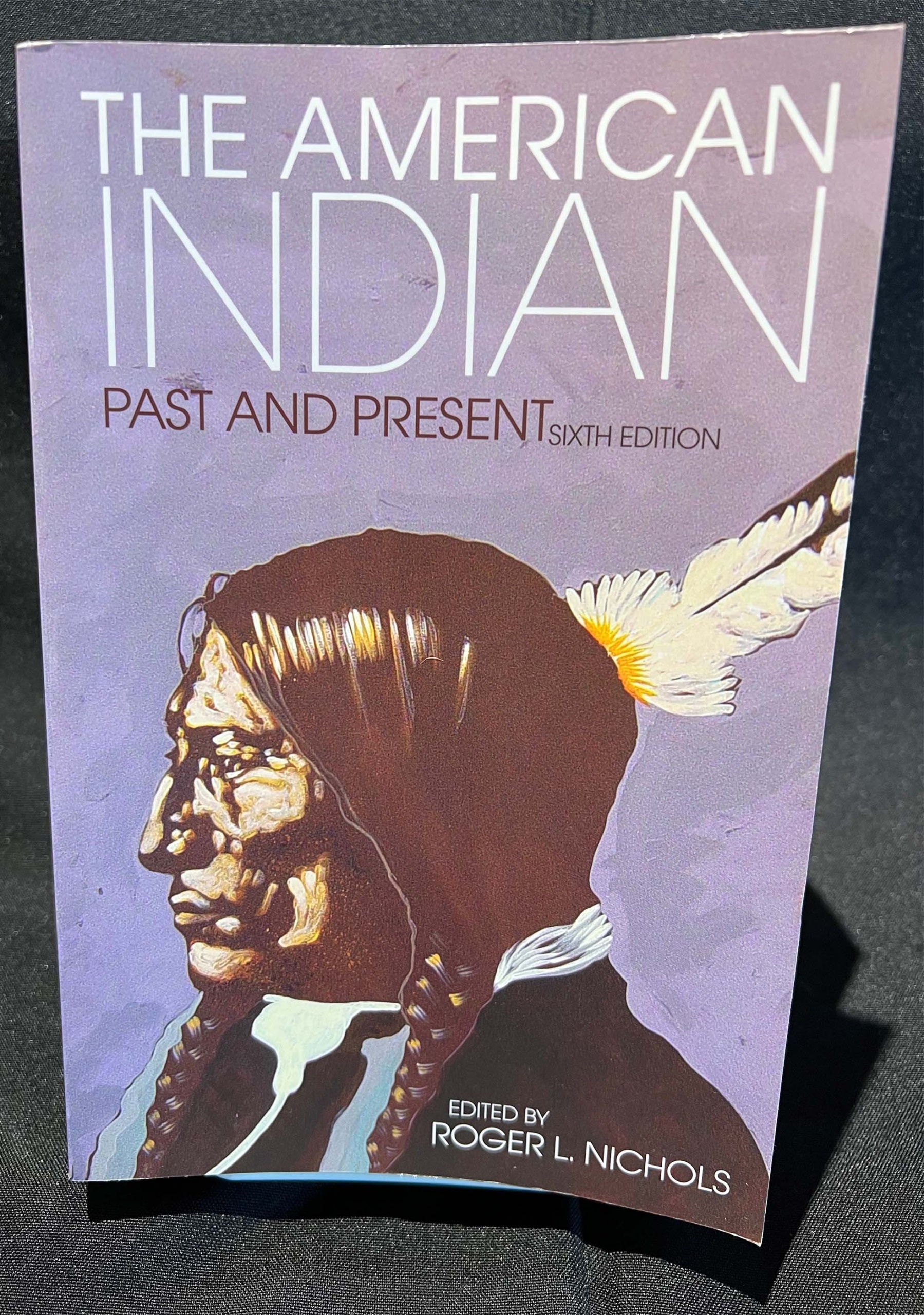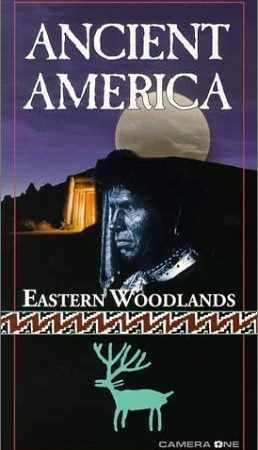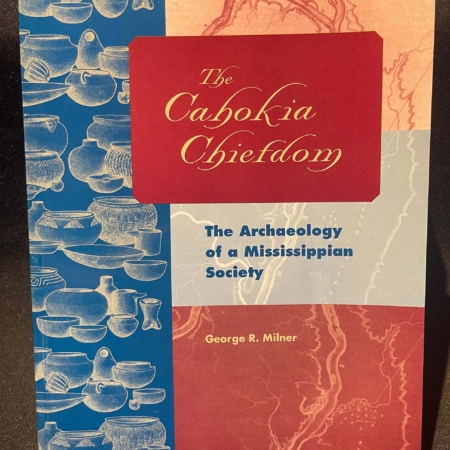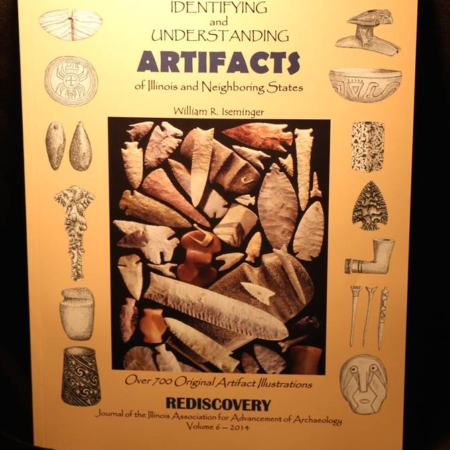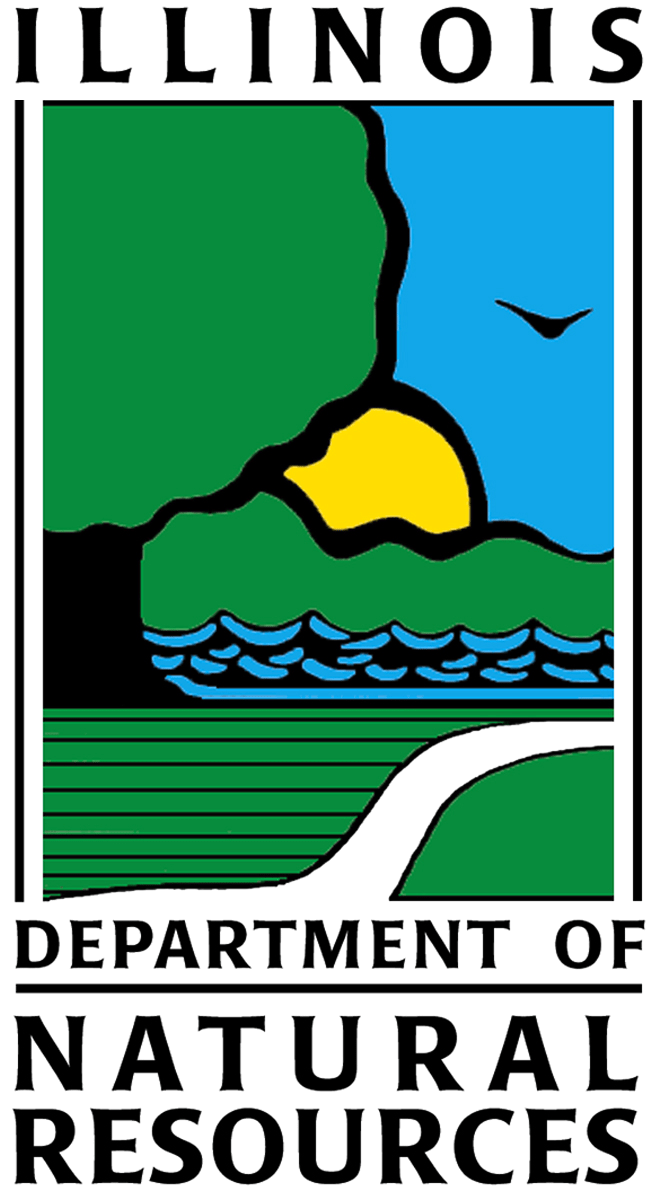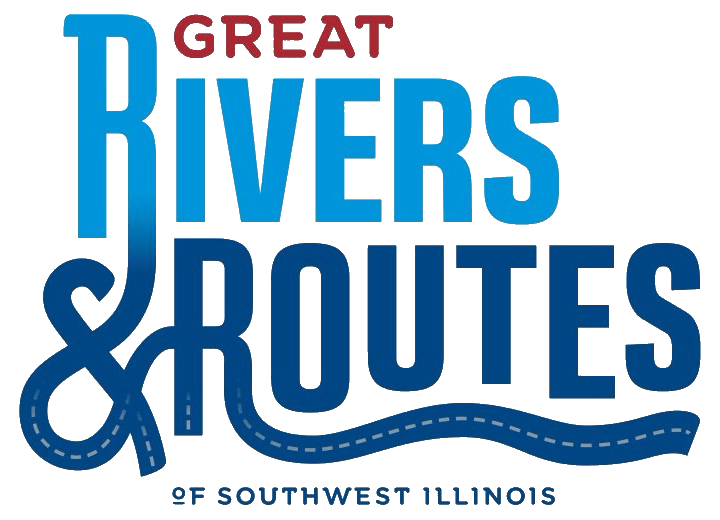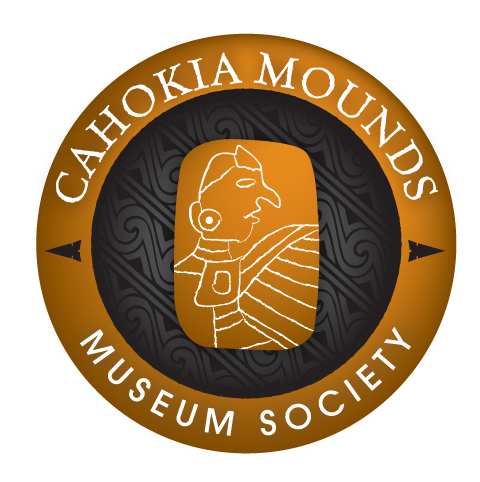Description
Edited by Roger L. Nichols
From the Introduction:
As a minority group within this society, American Indians have always attracted more attention than their numbers might seem to deserve. The U.S. Census Bureau’s 2000 figures show the American Indian and Alaska Native population at 2,475,965 or 0.9 percent of the total counted that year, a modest sized group. If one chooses to add those individuals who combined some other ancestry with American Indian and Alaska Native categories, that figure increases to 4,119,301 or 1.5 percent of the 281 million people counted by the census takers. Whichever of these two figures one uses, the is but a tiny sliver of our society. An obvious question, then, emerges: “Why has this small group received far more attention than its size might warrant when compared to most other larger ethnic, racial, or immigrant groups?”
The answers to that question are complex, and it is not my purpose to offer any lengthy discussion of them here. Nevertheless, Indians differ from others on our society because their ancestors live in American for millennia. Unlike immigrants, Indians experienced invasion, warfare, disease, and the loss of their lands and resources. In addition, by choosing to remain outside the general society in order to retain their various cultures and identities, they often set themselves apart from others. This frustrated and angered both officials and social reformers, leading to a continuing set of laws and other demands that tribal groups change almost everything about their lives to become “real” Americans. From the sixteenth century to the present, some tribal have resisted, struggling to retain their specific cultures, and, to some extent, to remain at least partly outside the mainstream national society.
The story of their experiences during the past four hundred and fifty years continues to fascinate others. The survival of at least 570 federally recognized tribes and another forty-five groups that have achieved recognition by individual states suggests a determination and staying power never anticipated by anyone. Their presence on and off reservations across the country provides the impetus for the many college and university courses in American Indian history or Native American studies. These readings are designed for instructors and students in such classes. They include essays that cover the entire chronology of American history, providing examples of central issues faced by the tribes and the rest of society, and illustrating how these issues played out in each region of the country. It quickly becomes clear that the experiences of tribal groups changed repeatedly and that variety is the most accurate way to label their individual histories.


